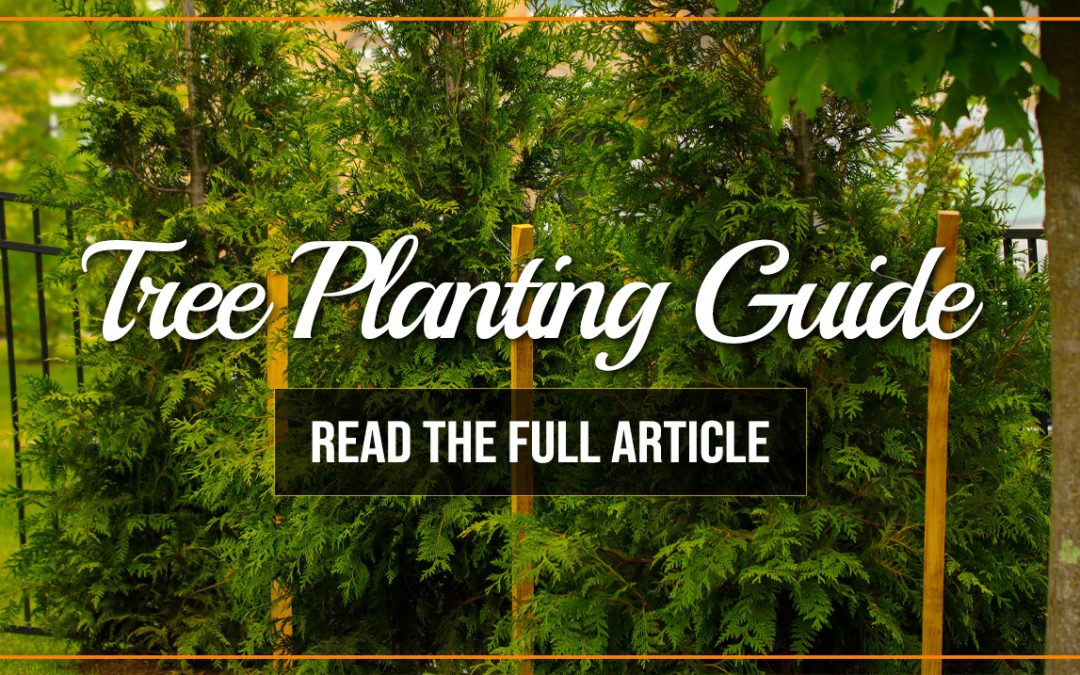Planting a tree is a simple act that carries profound implications for the environment. Trees play a crucial role in maintaining ecological balance, providing oxygen, and enhancing the overall well-being of our planet. However, planting a tree goes beyond just digging a hole and placing a sapling. To ensure the tree’s successful growth and longevity, it’s essential to follow the correct planting procedures. In this guide, we’ll walk you through the steps to plant a tree with care and purpose.
Choose the Right Tree and Location
The first step in planting a tree is selecting the right species for your region and the specific location where you intend to plant it. Consider factors such as soil type, climate, and available sunlight. Native species are generally well-adapted to local conditions and support local ecosystems.When choosing the location, ensure it has enough space for the tree’s mature size, away from structures and power lines. Take into account the tree’s water requirements and avoid areas prone to water logging.
Gather the Necessary Tools and Materials
Before you start planting, gather the tools and materials you’ll need. These typically include a shovel, mulch, compost, water, and stakes for support. Having everything on hand will make the process smoother and more efficient.
Prepare the Planting Site
Begin by clearing the planting site of any weeds, grass, or debris. Dig a hole that is twice as wide as the tree’s root ball and just as deep. Break up the soil at the bottom of the hole to encourage the roots to penetrate the surrounding soil.
Remove the Tree from the Container
Gently remove the tree from its container, being careful not to damage the roots. If the tree is wrapped in burlap, remove only the tied ropes once the tree is in the ground. You can cut these ropes back when the tree is in the ground. This way, you are not disturbing the root ball and trunk. Over time, the burlap will breakdown and the roots will grow through. If it’s in a plastic container, carefully cut away the container.
Inspect Roots
Inspect the roots for any circling or kinked roots. If you find any, gently loosen them to encourage outward growth. Circling roots can lead to long-term issues for the tree’s health.
Place the Tree in the Hole
Set the tree in the center of the hole, ensuring that it sits at the same depth it was in the container. The top of the root ball should be level with the soil surface. Fill the hole with soil, gently tamping it down as you go to eliminate air pockets.
Add Mulch and Water
Apply a layer of organic mulch around the tree, leaving a gap around the trunk to prevent rot. Mulch helps retain soil moisture and suppress weeds. Water the tree thoroughly, providing enough moisture to settle the soil.
Stake the Tree (if necessary)
f the tree is tall or in an exposed area, it may require staking for support. Use soft ties to attach the tree to stakes, making sure not to constrict the trunk. Check regularly and remove the stakes once the tree is established.
Establish a Watering Schedule
Establish a consistent watering schedule, especially during the tree’s first year. Water deeply and infrequently to encourage deep root growth. Adjust the watering frequency based on weather conditions.
Finalizing the Tree Planting Process
Planting a tree is an investment in the future, and doing it correctly ensures the tree’s vitality and contribution to the environment. By choosing the right tree, preparing the site properly, and providing adequate care, you can play a significant role in fostering a healthier planet for generations to come. So, grab your shovel and get ready to make a positive impact—one tree at a time. Contact us if you have any questions about planting your new tree.
